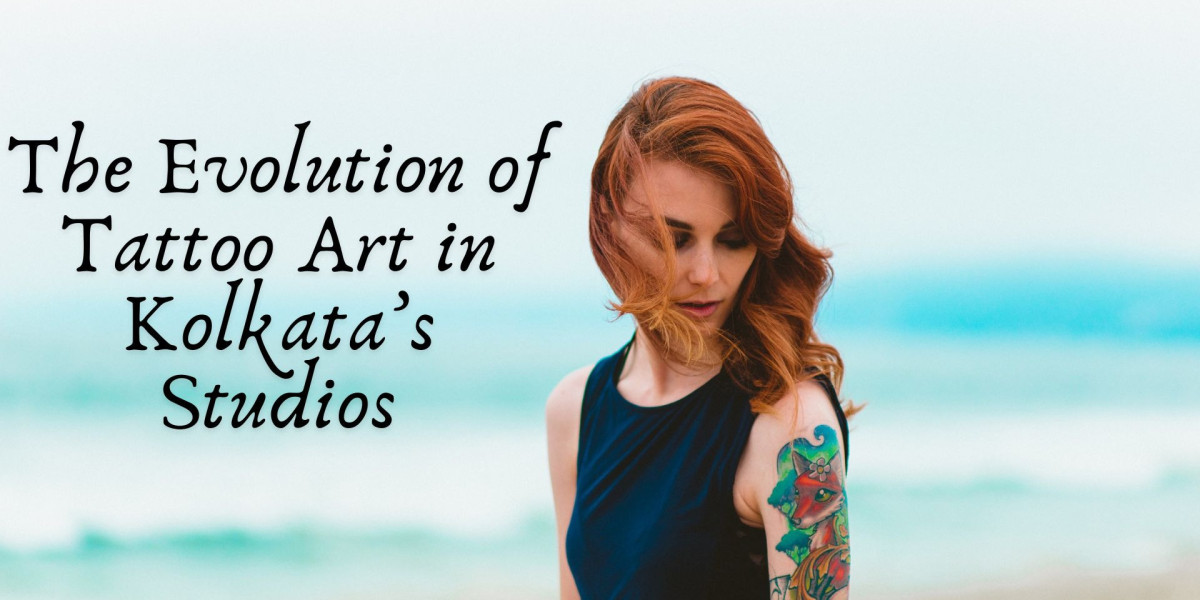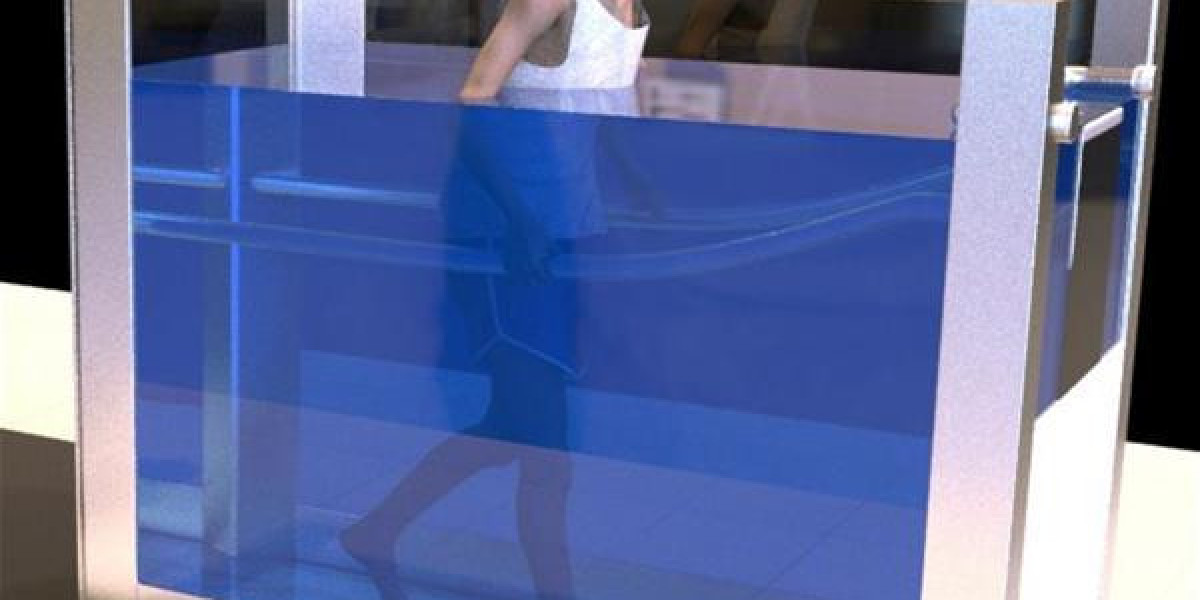Tattoo art, a practice that dates back thousands of years, has undergone a significant transformation across the globe. In India, Kolkata stands as a testament to this evolution, blending traditional motifs with contemporary designs. This metamorphosis reflects the city’s rich cultural tapestry and its dynamic response to global artistic trends. From the inked symbols of ancient tribal traditions to the sleek lines of modern minimalism, the journey of tattoo studios in Kolkata is as vibrant and diverse as the city itself.
Historical Roots: Traditional Beginnings
Tattooing in India has deep historical roots, often linked to tribal and cultural identities. In the rural and tribal belts around West Bengal, tattoos were not merely decorative but held deep symbolic meanings. They were often seen as rites of passage, protective charms, or markers of social and religious status. Traditional motifs such as depictions of gods and goddesses, animals, and natural elements were common.
In Kolkata, the early practice of tattooing was predominantly confined to these traditional forms. The art was mostly executed by wandering tattooists who plied their trade in fairs and festivals. Their tools were rudimentary, often consisting of improvised needles and natural dyes made from herbs and soot. Despite the lack of sophistication in technique, these tattoos were rich in cultural significance and artistry.
The Emergence of Modern Studios
The late 20th century marked a turning point for tattoo art in Kolkata. As the city opened up to global influences, a new wave of tattoo studios began to emerge. These studios brought with them not just modern equipment but also a fresh perspective on tattoo artistry.
The pioneer in this transformation was Mo Naga, whose work started bridging the gap between traditional and contemporary tattoo styles. By incorporating indigenous Naga tattoo patterns with modern techniques, he set a precedent for a fusion style that many artists in Kolkata would later adopt. His studio became a hub for those seeking tattoos that carried cultural weight yet embraced modern aesthetics.
The Golden Age of Tattoo Studios
The 2000s saw a proliferation of tattoo studios across Kolkata. Places like Lizard’s Skin Tattoos, Kolkata Ink, and 3Cube Tattoo Studio became household names among the city's youth. These studios, equipped with the latest tattooing technology and adhering to international hygiene standards, attracted a clientele eager for body art that was both personal and professional.
Lizard’s Skin Tattoos, established by tattoo artist Niloy Das, became particularly renowned for its versatile range of styles—from traditional Indian designs to hyper-realistic portraits. Das, with his fine attention to detail and innovative techniques, played a significant role in elevating the status of tattoo artists from mere craftsmen to recognized artists.
Influences and Trends
The evolution of tattoo art in Kolkata has been significantly influenced by global trends. The advent of the internet and social media has allowed local artists to showcase their work to a global audience and draw inspiration from international styles. Japanese Irezumi, Polynesian tribal tattoos, and Western neo-traditional designs have all found their way into the repertoire of Kolkata’s tattoo artists.
One notable trend has been the rise of geometric and minimalist tattoos. These designs, characterized by clean lines and abstract forms, contrast sharply with the intricate, colorful patterns traditionally favored in Indian tattoo art. Yet, they have gained immense popularity among the younger generation, reflecting a broader shift towards simplicity and modernity.
Personal Stories and Cultural Shifts
Tattoo art in Kolkata is not just about aesthetic evolution; it is deeply intertwined with personal and cultural narratives. Each tattoo tells a story—of individual identity, personal experiences, or cultural heritage. For instance, the resurgence of interest in traditional Bengali motifs, such as the alpona (ritualistic floor designs), represents a reconnection with regional roots amidst the globalized context.
Moreover, tattoos have become a medium for social commentary and personal expression. Kolkata’s artists often engage with themes of social justice, gender equality, and environmental consciousness. Tattoos depicting feminist symbols, LGBTQ+ pride emblems, and messages of ecological conservation are common, reflecting the city’s progressive ethos.
Challenges and Future Directions
Despite its growth, the tattoo industry in Kolkata faces challenges. The lack of formal training institutes means many artists are self-taught or learn through apprenticeships. This can lead to a disparity in skill levels and safety practices. Additionally, societal stigmas surrounding tattoos persist, particularly among older generations who often view them as rebellious or unprofessional.
However, the future looks promising. The establishment of more formalized training programs and increased awareness about tattooing as a legitimate art form and profession are likely to propel the industry forward. Kolkata’s tattoo artists continue to innovate, experimenting with new techniques and materials, such as vegan inks and biodegradable needles.
Conclusion
The evolution of tattoo art in Kolkata is a microcosm of the city’s broader cultural dynamics—deeply rooted in tradition yet constantly evolving to embrace the new. From the early days of tribal tattoos to the sophisticated, personalized designs seen in modern studios, this journey reflects a vibrant fusion of heritage and innovation. As Kolkata continues to grow as a hub for tattoo art, it not only enriches the local cultural landscape but also contributes to the global tapestry of this ancient yet ever-evolving art form.
Name: 3 Cube Tattoo studio, Salt Lake
Address: just opposite to Carnival cinemas and Big Bazaar, HB- 286, HB BLOCK, SALT LAKE, Sector 3, Kolkata, West Bengal 700091
Phone: 6291459200








